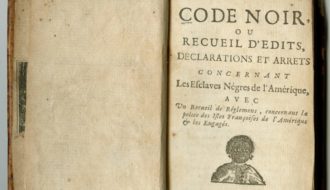
6.10 d. Code Noir
The Code Noir provided rules for how colonists treated enslaved people as well as how people of European and African ancestry interacted in French colonial Louisiana.

The Code Noir provided rules for how colonists treated enslaved people as well as how people of European and African ancestry interacted in French colonial Louisiana.

The 1724 Code Noir of Louisiana was a means to control the behaviors of Africans, Native Americans, and free people of color.

Impressionist painter Colette Pope Heldner lived with her husband, artist Knute Heldner, in the French Quarter, where she found the courtyards and architecture to be favorite subjects.

The Comité des Citoyens was an equal rights organization formed in 1891 that played a key role in the events leading up to Plessy v. Ferguson.
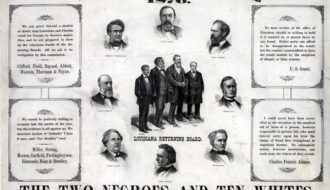
The Compromise of 1877 refers to an unwritten deal that settled the disputed 1876 US presidential election and ended congressional Reconstruction.
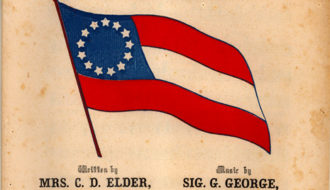
As a member of the Confederate States of America, Louisiana provided soldiers who fought outside the state.
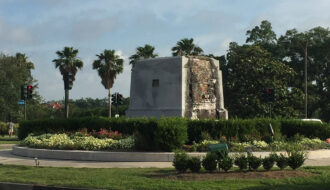
People have long advocated for the removal of monuments to the Confederacy and white supremacy. State and local governments have removed hundreds of monuments in recent years.
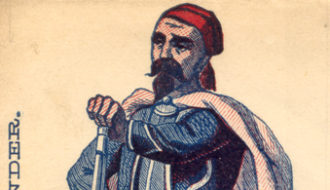
More than 50,000 white men from Louisiana shouldered arms for the Confederacy.
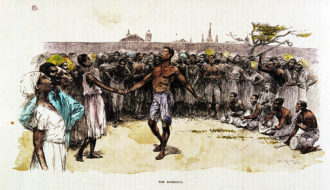
Congo Square, now Armstrong Park in New Orleans’s Tremé neighborhood, served as a gathering ground for Africans in the early years of the city.
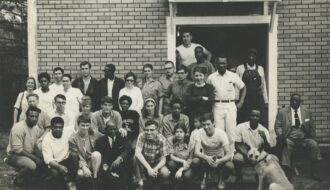
Between 1960 and 1967 the Congress of Racial Equality (CORE) played a key role in Louisiana’s Black freedom struggle.

Louisianan and major league baseball player Connie Ryan played for the New York Giants.
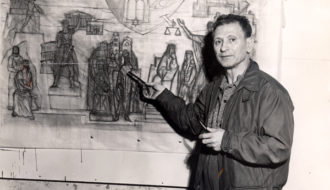
Though born in New York City, artist Conrad Albrizio did much of his work in Louisiana, and his frescos, murals, and paintings ornament Depression-era buildings throughout the region.
One-Year Subscription (4 issues) : $25.00
Two-Year Subscription (8 issues) : $40.00
